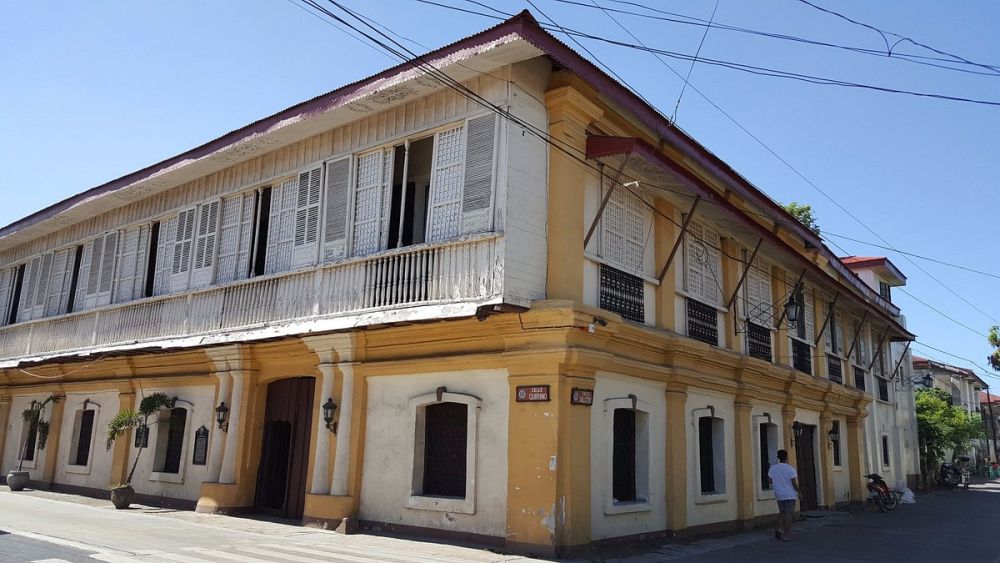

The Syquia Mansion Museum is a historical landmark situated in the heart of Vigan City, Ilocos Sur, Philippines. Known for its Spanish colonial architecture and rich cultural heritage, the mansion is one of the many preserved houses from the Spanish era that are major draws for tourists visiting this UNESCO World Heritage-listed city.
The mansion was built in the 19th century and was once the residence of Dona Alicia Syquia Quirino, the wife of the sixth President of the Philippines, Elpidio Quirino. This grand house stands as a symbol of the affluence enjoyed by the mestizo elite during Spanish colonial times. Its architecture displays a mix of indigenous Filipino, Chinese, and Spanish influences, encapsulating the multicultural history of the region.
The museum first opened its doors to the public as a tourist destination with the endeavor to share the region's history and the legacy of the Quirino family. Visitors are offered a glimpse into the lifestyle of the Filipino elite during the Spanish colonial period. The museum features an extensive array of memorabilia related to President Quirino and his family, including furniture, paintings, and personal belongings that have been preserved for generations.
Tourism in Vigan has seen an increase in interest over the years, especially since the city was declared a UNESCO World Heritage site in 1999. Vigan has since become synonymous with well-preserved Spanish colonial towns in Asia. The city's unique charm is attributed to its cobblestone streets, horse-drawn carriages, and the largely intact Spanish colonial architecture.
In recent years, Vigan has experienced considerable growth in cultural tourism, with visitors eager to immerse themselves in its historical and colonial past. The city, including the Syquia Mansion Museum, has made efforts to create a more interactive experience for tourists. This includes live cultural performances, guided heritage walks, and traditional craft demonstrations.
Eco-tourism has also begun to take root, with the surrounding province of Ilocos Sur offering natural attractions such as beaches, waterfalls, and hiking trails, appealing to a broader range of visitors. Moreover, Vigan has embraced sustainable tourism practices, maintaining the delicate balance between preserving its cultural assets and developing modern amenities for tourists.
The digital transformation has significantly impacted tourism trends as well. With virtual tours, potential tourists can now get a sneak peek of the Syquia Mansion Museum and other heritage sites in Vigan before deciding to visit in person. Additionally, social media has played a crucial role in raising awareness and generating interest in Vigan's rich history and cultural offerings.
In conclusion, the Syquia Mansion Museum is not just a bastion of history and culture but also a symbol of the evolving tourism landscape in Vigan City. As travelers from around the globe continue to seek immersive cultural experiences, the preservation and promotion of places like the Syquia Mansion will likely remain at the forefront of Vigan's tourism initiatives.